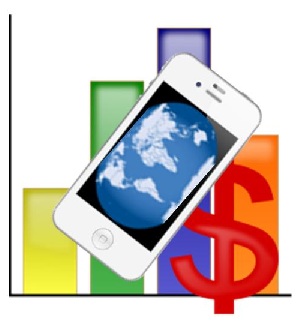Its size is expected to grow from this year’s projected $448.6 million to 2018’s forecasted $2.6 billion.
The market for indoor geolocation marketing is rapidly growing in size, as a new report released by MaarketsandMarkets is indicating that there will be a CAGR of 42.1 percent from 2013 to 2018, that will bring it from $448.6 billion to $2.6 billion.
This report outlined the various areas of the global indoor location market and divided it into sub-groups.
It was entitled “Indoor Location Market Indoor Positioning and Indoor Navigation (IPIN); Indoor Mapping; Indoor LBS; Indoor Analytics; By Positioning Systems (Network-based, Independent, Hybrid): Global Advancements, Market Forecasts and Analysis (2013 – 2018).” Within it, MarketsandMarkets broke down the geolocation indoor market into different sub-segments through the use of deep analysis techniques and revenue predictions.
The geolocation report also pointed out the restraints and drivers within this part of marketing.
 It identified a number of challenges, opportunities and trends to indoor geolocation marketing that were very insightful and could be quite helpful to the industry. The research in this report – as is the case in many other studies in this field – was fueled by a need for better understanding of access, connectivity, and navigation.
It identified a number of challenges, opportunities and trends to indoor geolocation marketing that were very insightful and could be quite helpful to the industry. The research in this report – as is the case in many other studies in this field – was fueled by a need for better understanding of access, connectivity, and navigation.
Previously, navigation systems and commercial positioning came in the form of GPS devices, which have strength within the outdoor geolocation environments. However indoor environments present different features as there is typically an absence of satellite signals. Therefore, newer solutions are required in order to achieve the types of results that would be possible outside.
The newer geolocation technologies that provide indoor experiences are also capable of offering improved and enhanced customer satisfaction, marketing, and branding, outside of its traditional navigation use.
The report suggests that this will become very promising for retailers and other businesses while it experiences rapid adoption among the consumers themselves. It also indicated that geolocation will help to boost automation at the enterprise level. The analytics from this tech has the potential to provide businesses with highly useful behavior and purchasing data that can be used to better create marketing and shopping strategies that suit the unique needs and wants of the consumer.

